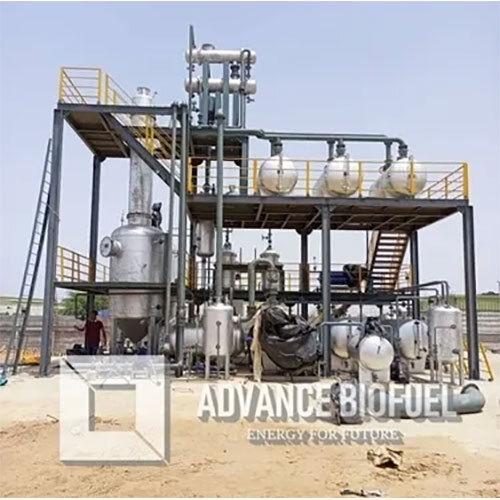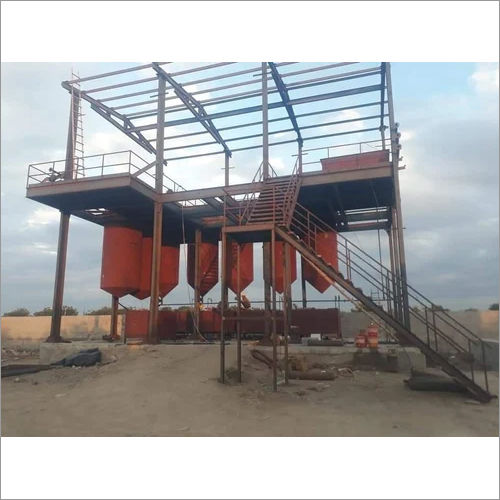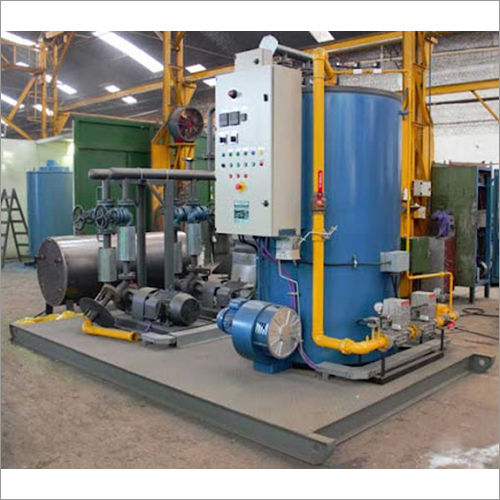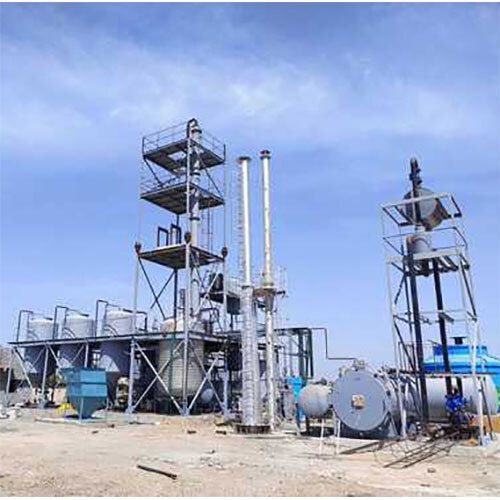GST Number - 24AAICB8818J1ZE


TOP BIODIESEL MANUFACTURING PLANT
5000000 INR/Plant
Product Details:
X
TOP BIODIESEL MANUFACTURING PLANT Price And Quantity
- 5000000 INR/Plant
- 1 Plant
TOP BIODIESEL MANUFACTURING PLANT Trade Information
- MUNDRA, GUJARAT
- Letter of Credit (L/C) Telegraphic Transfer (T/T) Cash in Advance (CID)
- 100 Plant Per Year
- 90 Days
- Contact us for information regarding our sample policy
- INDUSTRIAL STANDARD PACKING
- Central America South America Western Europe Middle East Africa Eastern Europe Asia North America Australia
- All India
- ISO 9000:2014
Product Description
- The first step inthe process is pretreatment, which involves filtering and removing anyimpurities from the feedstock. This step is important to prevent clogging ofthe processing equipment and to ensure a high-quality end product.
- The next step istransesterification, where the feedstock is mixed with an alcohol, typicallymethanol, and a catalyst such as sodium hydroxide or potassium hydroxide. Themixture is heated and agitated to promote the chemical reaction, which breaksdown the feedstock into glycerin and fatty acid esters, which are the maincomponents of biodiesel.
- The final step ispurification, where the biodiesel is separated from the glycerin and anyresidual impurities using techniques such as washing and drying. The resultingbiodiesel is then ready for use as a fuel or can be further processed to meetspecific quality standards.
- Biodieselproduction plants can vary in size and complexity, from small-scale operationsthat produce a few hundred gallons per day to large industrial facilities thatproduce millions of gallons per year. They can also use different types offeedstock, such as soybean oil, canola oil, or animal fats, depending onavailability and cost.
- Overall, biodieselproduction plants play a crucial role in promoting renewable energy andreducing dependence on fossil fuels, while also helping to reduce greenhousegas emissions and other harmful pollutants.
FAQs of TOP BIODIESEL MANUFACTURING PLANT:
Q: What is TOP BIODIESEL MANUFACTURING PLANT?
A: TOP BIODIESEL MANUFACTURING PLANT is a type of biodiesel manufacturing plant that meets the BIS 15607: 2016 standards.Q: What are the specifications of TOP BIODIESEL MANUFACTURING PLANT?
A: TOP BIODIESEL MANUFACTURING PLANT has a kinematic viscosity of 2.25 Ampere (A), a flash point of 130, a density of 0.860-0.900 Kilogram per litre (kg/L), an acid value of NA Max, a viscosity index of 0.005, an appearance of NA, a testing method of NA, a type of TOP BIODIESEL MANUFACTURING PLANT, a color of LIGHT YELLOW, and a CAS No of 1.Q: What is the kinematic viscosity of TOP BIODIESEL MANUFACTURING PLANT?
A: The kinematic viscosity of TOP BIODIESEL MANUFACTURING PLANT is 2.25 Ampere (A).Tell us about your requirement

Price:
Quantity
Select Unit
- 50
- 100
- 200
- 250
- 500
- 1000+
Additional detail
Mobile number
Email







 Call Me Free
Call Me Free
